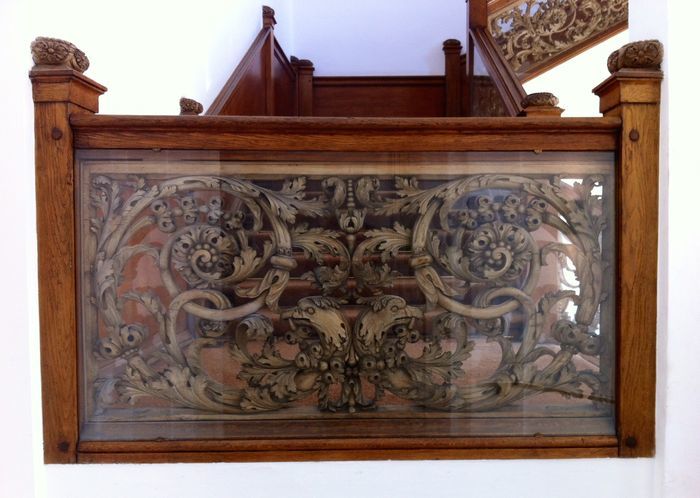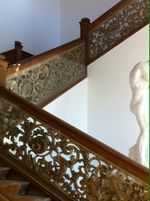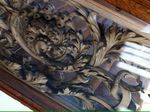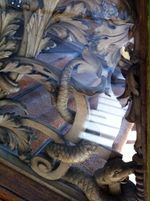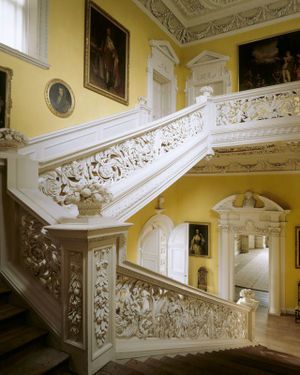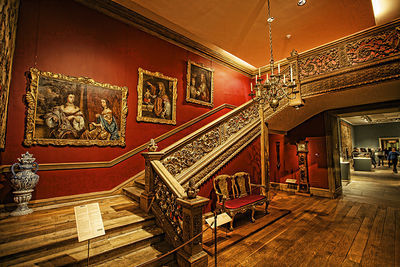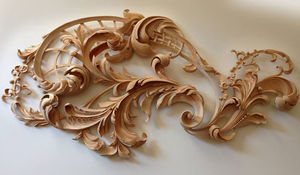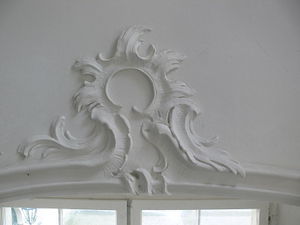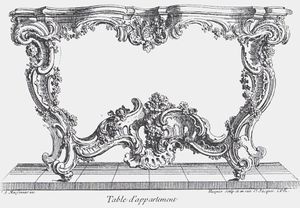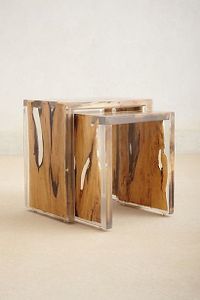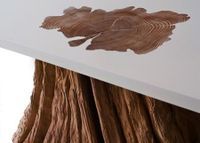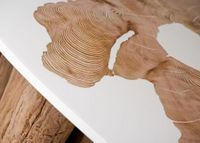Difference between revisions of "User:Mandy.franca"
Mandy.franca (talk | contribs) |
Mandy.franca (talk | contribs) |
||
| Line 41: | Line 41: | ||
===Contemporary wood objects=== | ===Contemporary wood objects=== | ||
[[File:5406714970d889e8b59ba836c740d7be.jpg |200px]] [[File:A20be37f164b3254ade4215aed7c8ada.jpg |200px]] [[File:Wood rings (2).jpeg |200px]] [[File:Wood rings (5).jpeg |200px]] | [[File:5406714970d889e8b59ba836c740d7be.jpg |200px]] [[File:A20be37f164b3254ade4215aed7c8ada.jpg |200px]] [[File:Wood rings (2).jpeg |200px]] [[File:Wood rings (5).jpeg |200px]] | ||
| + | |||
| + | |||
| + | |||
| + | ===During Class=== | ||
| + | Why i thinks this work is interesting: | ||
| + | |||
| + | * The maker could show how good he was at his craft | ||
| + | * It is made by hand | ||
| + | * The work is so special that it's placed behind glass | ||
| + | * Natural | ||
| + | * Vulnerable | ||
| + | |||
| + | Suggested Techniques: | ||
| + | *3D printen, soldering | ||
| + | *frezen | ||
| + | *kleien | ||
| + | *hout snijden | ||
| + | *keramiek | ||
| + | *vlechten | ||
| + | *hologram | ||
| + | |||
| + | Context: | ||
| + | *vroeger gebruikt als ornament nu gemaakt voor kinderen als speelgoed | ||
| + | *gegoten gangen stelsel van mythologische wezen | ||
Revision as of 10:33, 25 September 2014
Mandy Franca
New light on a old staircase by Ada Elzbieta Grochowska
Contents
Chosen Object
I chose the stairs in the Boijmans museum. It fascinated me that the object was placed behind glass what suggest that is it valuable and fragile. On the website of the boijmans van Beuningen museum is stated that it is probably made in 1700 and in the museum it self in 1660 so that raised some questions for me if the museum does not even have the correct dates.
Staircase of a house on the Vijverberg in The Hague,'1700?' Sculptor: Willem van Sundert (Den Haag 1656 - Den Haag 1747) Client: Simon de Brienne (Jouy le Châtel - Den Haag 1707) Material and technology: linden- en eikenhout Object type: trap Dimensio)
Research
About the Piece
The staircase in the Museum Boijmans van Beuningen consist of three flights, joined by two quarter landings. It has a continuous carved balustrade made up of nine panels, four sloping and five horizontal, of flowing acanthus scrolls. Each panel was designed from the middle axe. The decoration consists of stylized animals heads transforming into elaborate acanthus scrolls. The composition of horizontal panels is strictly symmetrical.
Three panels, one at the first landing and two on the first floor, have two eagles’ heads, facing away from each other, holding a garland in their beaks. The two panels on the first floor are alternated with two longer ones of analogical composition but with dolphins instead of eagles. From their mouth flow out thick scrolls suggesting water. The sloping panels are symmetrical in general composition but not in details. The incorporate handwork next to two eagles’ heads and acanthus. Two panels have flat handwork and are enriched by snakes at the sides. The other two have profiled handwork and no snakes. The finals of the first floor differ from those situated on the landings and flights of stair. The former are much bigger and decorated with acanthus leaves an pea-pod, whereas the latter have simple rosettes at the top and the sides.
Comparable Staircases
Rococo
Rococo, less commonly roccoco, or "Late Baroque", is an 18th-century artistic movement and style, affecting many aspects of the arts including painting, sculpture, architecture, interior design, decoration, literature, music, and theatre. It developed in the early 18th century in Paris, France as a reaction against the grandeur, symmetry, and strict regulations of the Baroque, especially of the Palace of Versailles. Rococo artists and architects used a more jocular, florid, and graceful approach to the Baroque. Their style was ornate and used light colours, asymmetrical designs, curves, and gold. Unlike the political Baroque, the Rococo had playful and witty themes. The interior decoration of Rococo rooms was designed as a total work of art with elegant and ornate furniture, small sculptures, ornamental mirrors, and tapestry complementing architecture, reliefs, and wall paintings. The Rococo was also important in theatre. The book The Rococo states that no other culture "has produced a wittier, more elegant, and teasing dialogue full of elusive and camouflaging language and gestures, refined feelings and subtle criticism" than Rococo theatre, especially that of France. The word is seen as a combination of the French rocaille (stone) and coquilles (shell), due to reliance on these objects as decorative motifs.[3] The term may also be a combination of the Italian word "barocco" (an irregularly shaped pearl, possibly the source of the word "baroque") and the French "rocaille" (a popular form of garden or interior ornamentation using shells and pebbles) and may describe the refined and fanciful style that became fashionable in parts of Europe in the 18th century.[4] Owing to Rococo love of shell-like curves and focus on decorative arts, some critics used the term to derogatively imply that the style was frivolous or merely modish. When the term was first used in English in about 1836, it was a colloquialism meaning "old-fashioned".
Rococo Examples
Contemporary wood objects
During Class
Why i thinks this work is interesting:
- The maker could show how good he was at his craft
- It is made by hand
- The work is so special that it's placed behind glass
- Natural
- Vulnerable
Suggested Techniques:
- 3D printen, soldering
- frezen
- kleien
- hout snijden
- keramiek
- vlechten
- hologram
Context:
- vroeger gebruikt als ornament nu gemaakt voor kinderen als speelgoed
- gegoten gangen stelsel van mythologische wezen
